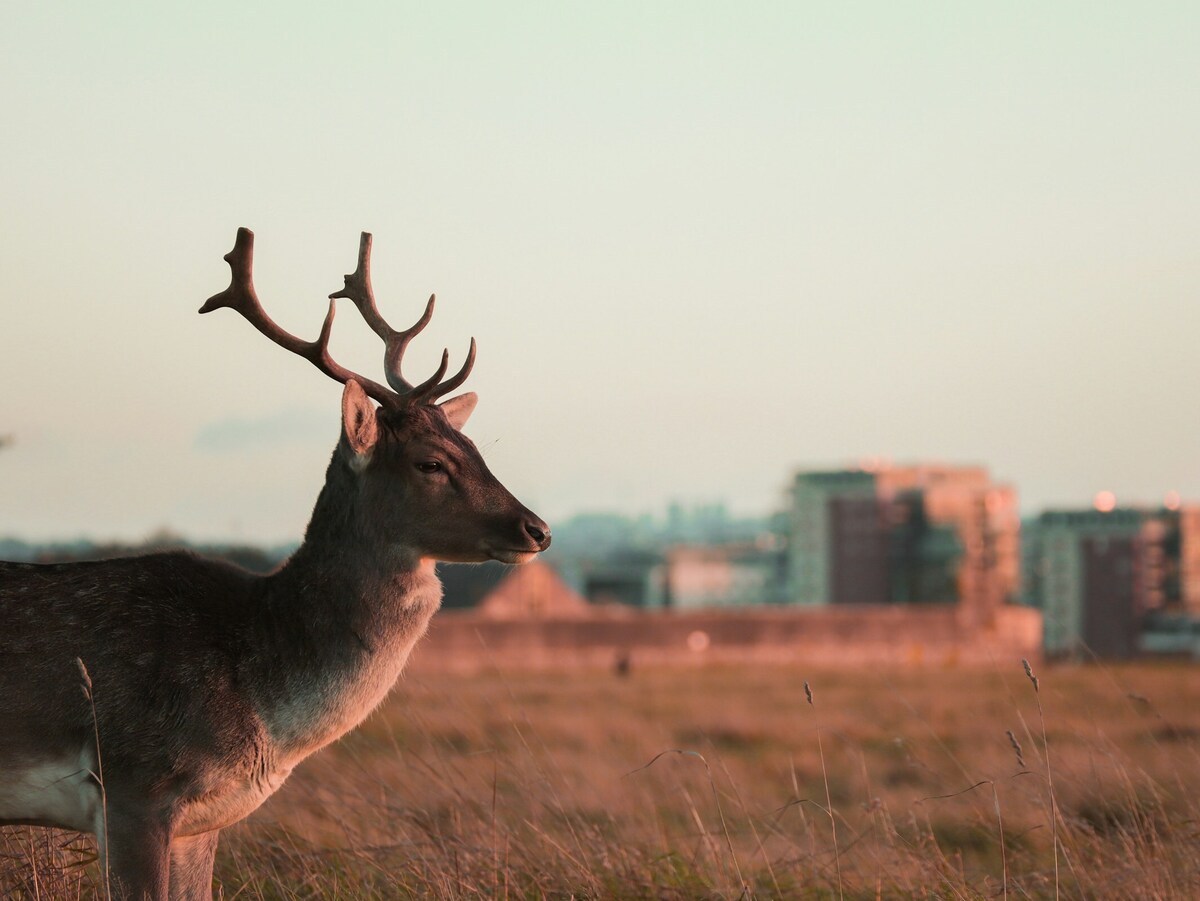Urban futures: Co-design for humans and wildlife
The new project “CitiesForALL: Co-designing future cities for humans and wildlife” explores how we can reshape our understanding of nature in sustainable cities. The project promotes thinking beyond human-centered benefits of urban greening, such as cooling cities, improving mental health, increasing energy efficiency, and enhancing stormwater management. Instead, it suggests viewing nature as part of an urban living system that includes diverse animal species and wildlife.
In search of measures for a better “human- wildlife coexistence”
“Urban areas may seem unlikely homes for wildlife, yet animals such as sparrows, foxes, and martens adapt well, while others, such as hedgehogs, may struggle due to declining habitats,” says Marufa Sultana, project manager at ITAS. “In CitiesForALL, we aim to identify scientifically valid and socially acceptable urban measures that better support human-wildlife coexistence — an endeavor in which urban planners, ecologists, sociologists, and local communities all play a role.”
Wildlife-monitoring in Karlsruhe and Freiburg
The project explores what is the role of different urban forms in wildlife existence, and how varying green infrastructure designs support human-wildlife interaction in cities. To answer these questions, the project will conduct field research in Karlsruhe and Freiburg. Advanced sensors will be used to monitor wildlife in public green spaces, private gardens, cemeteries from rural to central urban areas. In addition, the project will investigate the socioeconomic realities impacting urban greening and citizens’ perceptions of wildlife.
Project partners include the University of Freiburg, the Forest Research Institute Baden-Württemberg (FVA), and the Urban Wildlife Information Network (UWIN), a global alliance spanning more than 50 cities worldwide. (06.08.2025)
Further links and information:
- Project page CitiesForAll


